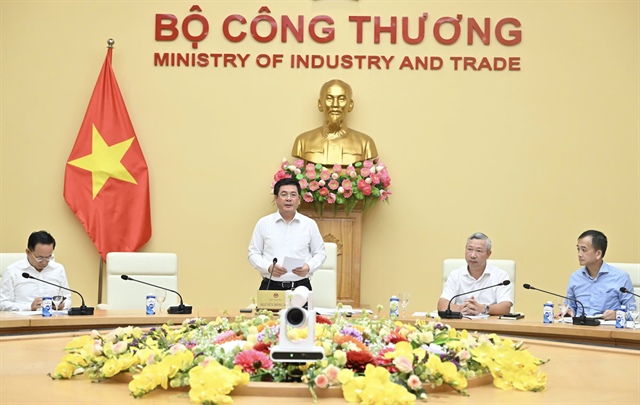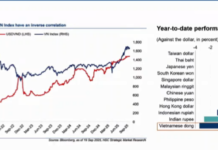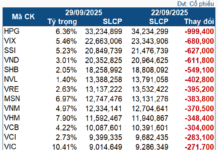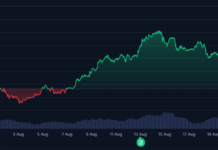Flexible Retail Electricity Pricing Adjustments Needed
At a recent conference gathering expert opinions from managers and businesses on the implementation of a competitive electricity market, Minister of Industry and Trade Nguyen Hong Dien candidly acknowledged that Vietnam’s electricity market remains incomplete, facing numerous bottlenecks, investment challenges, and delays in electricity pricing negotiations.
The electricity pricing mechanism lacks transparency, with persistent cross-subsidies among customer groups. Consumers still lack the autonomy to choose their electricity retailers. These issues urgently require resolution to establish a fair electricity market, fostering energy development.
The challenge intensifies as the power capacity must triple within the next five years, surging from 81,000 MW to 234,000–251,000 MW, as outlined in the adjusted Power Plan VIII and Resolution 70 of the Politburo. Without a genuine, transparent market, achieving this goal will be exceedingly difficult.
“Resolution 70-NQ/TW of the Politburo is a mandate of reality. There’s no room for hesitation; those who don’t support reform must step aside,” the Minister emphasized.
 Minister Nguyen Hong Dien highlights bottlenecks in implementing a competitive electricity market. Photo: MOIT |
Bui Quoc Hoan, Deputy General Director of Southern Power Corporation (EVNSPC), asserted that the core element of a competitive electricity market is the pricing mechanism. However, cross-subsidies persist among customer groups and regions.
Therefore, a flexible retail electricity pricing mechanism should be considered, allowing retailers and consumers to negotiate prices according to market regulations. Non-participating customers will be subject to a unified retail price as mandated by the government.
Nguyen Anh Tuan, Vice Chairman of the Energy Association, argued that a healthy competitive electricity market can only emerge with sufficient tradable goods. Currently, only about 38% of total capacity participates in the market. If BOT power plants and renewable energy sources under the FIT mechanism remain non-participants, this percentage will drop further. This implies a shortage of sellers, failing to accurately reflect supply-demand dynamics.
Based on this analysis, he proposed that all power plants, regardless of scale or type, must join the competitive market after their incentive period. Only by gradually increasing participation rates can electricity prices reflect actual costs and signal proper investment.
Additionally, the Association supports researching regional or nodal pricing mechanisms to provide more accurate investment signals and encourage large consumers to participate in the market.
Energy expert Ha Dang Son urged the Ministry of Industry and Trade to swiftly adopt a more flexible pricing mechanism, aligned with consumption realities and new technologies. This would enable EVN to adjust retail prices more responsively to market signals.
Cross-Subsidy Elimination Roadmap Essential
Minister Nguyen Hong Dien stressed that developing a competitive electricity market must align with Party and government directives, particularly Resolution 70, while consistently adhering to the principles outlined in the Electricity Law.
Key principles include ensuring transparency, fairness, healthy competition, and non-discrimination among market participants. The rights and interests of power entities and consumers must be safeguarded.
Participants’ freedom to choose partners and transaction methods must be respected, tailored to each stage of market development.
Simultaneously, the power sector’s restructuring should balance market competitiveness with energy security and social welfare.
“This function likely can only be fulfilled by EVN, as a state-owned corporation. Private enterprises may struggle to shoulder such societal responsibilities,” the Minister noted.
Furthermore, electricity pricing mechanisms and power purchase agreements must be refined to meet market demands. Infrastructure and workforce investments are imperative.
“Market operation regulations must be promptly updated for each development stage, ensuring alignment with adjusted roadmaps and designs. Market price signals must become a pivotal factor in attracting investment,” the Minister emphasized.
According to the Minister, a cross-subsidy elimination roadmap between customer groups and regions is essential, suited to each market stage. Regulations on distribution service pricing must ensure cost accuracy, particularly in transmission.
Additionally, mechanisms for managing and regulating primary fuel use in power generation, especially gas and mixed gas pricing, are needed to ensure efficiency and energy security.
“Institutions must be open and unburdened, removing all bottlenecks in power operations,” the Minister advised. An unfair, non-transparent competitive market will struggle to attract investors unwilling to commit substantial capital for minimal returns.
Tam An
– 14:45 01/10/2025
Latest Developments on the $2.2 Billion LNG Power Plant in Quang Ninh, Led by PV Power Consortium
Cửa Ông Ward has officially announced the issuance of a land acquisition and compulsory clearance decision to facilitate the development of the Quang Ninh LNG Power Plant project.
Empowering Customers in Choosing Their Electricity Provider
According to Mr. Nguyen Thanh Nghi, Resolution 70 mandates the enhancement of customer choice in accessing and selecting electricity providers that best meet their needs.













































